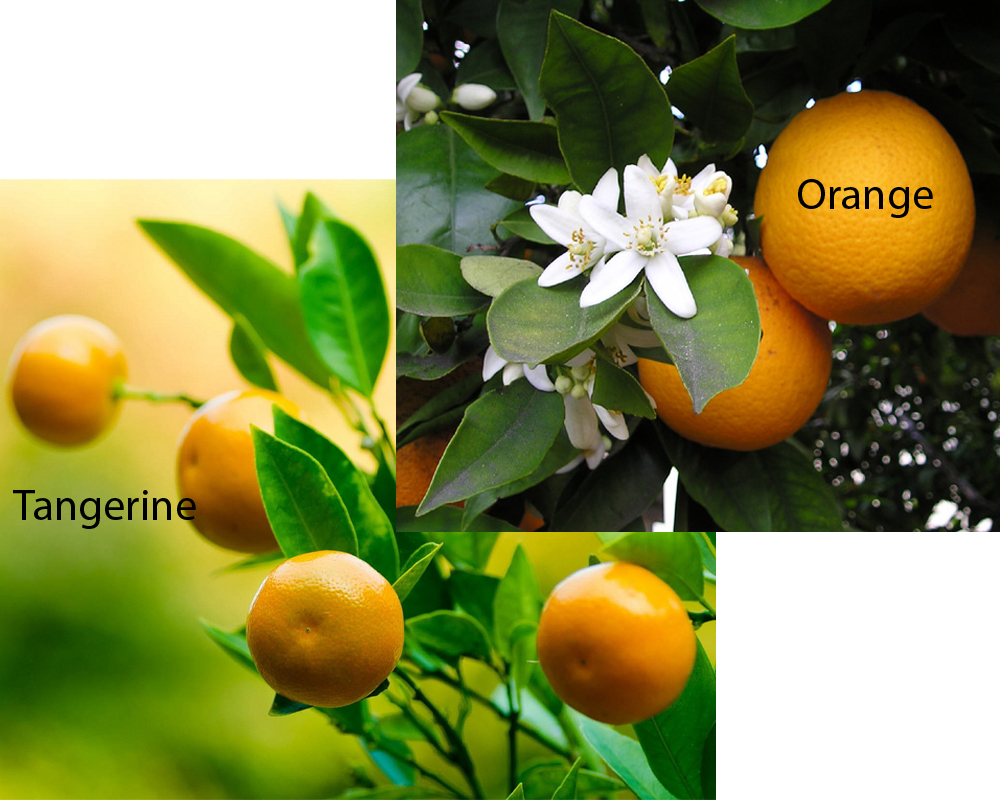

A slimy consistency is a sign that bacteria has started to grow and multiply on the surface of the fruit. You’ll know an orange has started to spoil when the fruit is mushy and covered in gooey, slimy juices instead of the usual clear, watery orange juices. Juices with a bland or slightly bitter taste also indicate that your orange is losing its freshness. A spoiled orange has lost its sweet, refreshing taste and instead tastes either bitter or terribly sour. The taste of an orange gone bad will make you grimace in disgust. Sign #6: The Orange Has A Bitter Or Sour Taste The inside of the orange may be fine if the spots of mold on the outside are very small, but make sure you check the pieces of fruit before you eat it. Small green and brownish spots on the rind are small areas of mold growth, indicating that your orange is long past its expiry date. If your orange still has its orange color, but you spot small green spots on the peel, then it’s wise to avoid eating the fruit. Sign #5: The Orange Has Spots Of Mold Growing On it It’s much safer to dispose of the orange and get yourself a fresh one because consuming even the smallest amounts of mold can lead to serious health problems.

I don’t recommend trying to salvage parts of the orange with no mold growth. If the rind has mold growing on it, it’s very likely that the inside of the orange has also started to spoil. If your orange has gone from vibrant orange to a blue-green color, it means mold and bacteria have taken over. Sign #4: The Orange Has Turned A Blue-Green Color Once the orange loses its citrusy smell on the outside, you can be sure that the inside won’t be any better, and it would be best to toss the whole fruit out. If your orange has a funky, musty odor emanating from it before you’ve even started removing the peel, it’s safe to say that the orange has gone off. However, the same cannot be said of citrus fruits that have gone bad. Sign #3: The Orange Has A Foul Odorįresh citrus fruits carry a lovely, sweet scent that most people are familiar with. So if the orange peel has several brown spots that are mushy and moldy, then it’s a good idea to check the fruit for other signs of spoilage. These are usually just normal surface scars on the peel caused by tree branches and other external factors when the fruit was growing.Īny other brown or white discolorations may indicate the presence of bacterial growth. Oranges often have small imperfections that look like tiny specks or scratches on the rind. Sign #2: The Orange Rind Has Spots Of Brown Discolorations If you start noticing changes in the texture and hardness of your orange, then it’s safe to assume that it won’t be long until the orange is bad. So just because the orange is starting to soften doesn’t mean it’s completely spoiled. It’s important to remember that the more an orange ripens, the softer it gets. If you pick up an orange and it feels soft and mushy, then it may be a sign that the orange is starting to spoil. Sign #1: The Orange Has A Soft, Limp Texture It’s easy to determine whether an orange has gone bad if you know which changes to look out for. Like most spoiled food, bad oranges contain bacteria that can cause all kinds of problems in your gut, so you should always avoid eating them. If you’re a “foodie” like me, you’ll understand the disappointment when you realize the snack you’ve been looking forward to all morning isn’t an option anymore.Ī rotten orange doesn’t only taste terrible but also poses a health risk if you consume it. It’s terrible when you bite into something expecting a sweet, pleasant taste but instead are left with a bitter or sour taste on your taste buds. Save these tips for later by pinning to Pinterest Signs That An Orange Is Bad There are a few signs that will help you know if your orange is bad so that you don’t end up with an unappetizing snack. No one wants to spend their time peeling an orange only to discover it’s rotten. Rotten oranges lose their flavor and taste sour or bitter. Brown discolorations and spots of mold appear on the rind and cause a foul, stale odor. A bad orange has a soft, mushy texture, and the rind shrivels or dries out. Oranges that have gone bad will show changes in texture, smell, and taste. It’s quite easy to tell when an orange is losing its freshness. Unfortunately, like all other food, oranges don’t stay fresh forever. They are also great to pack as snacks and are filled with nutrients that give you a healthy energy boost.

Oranges are a deliciously refreshing fruit that can add a burst of flavor and color to any fruit bowl or salad.


 0 kommentar(er)
0 kommentar(er)
